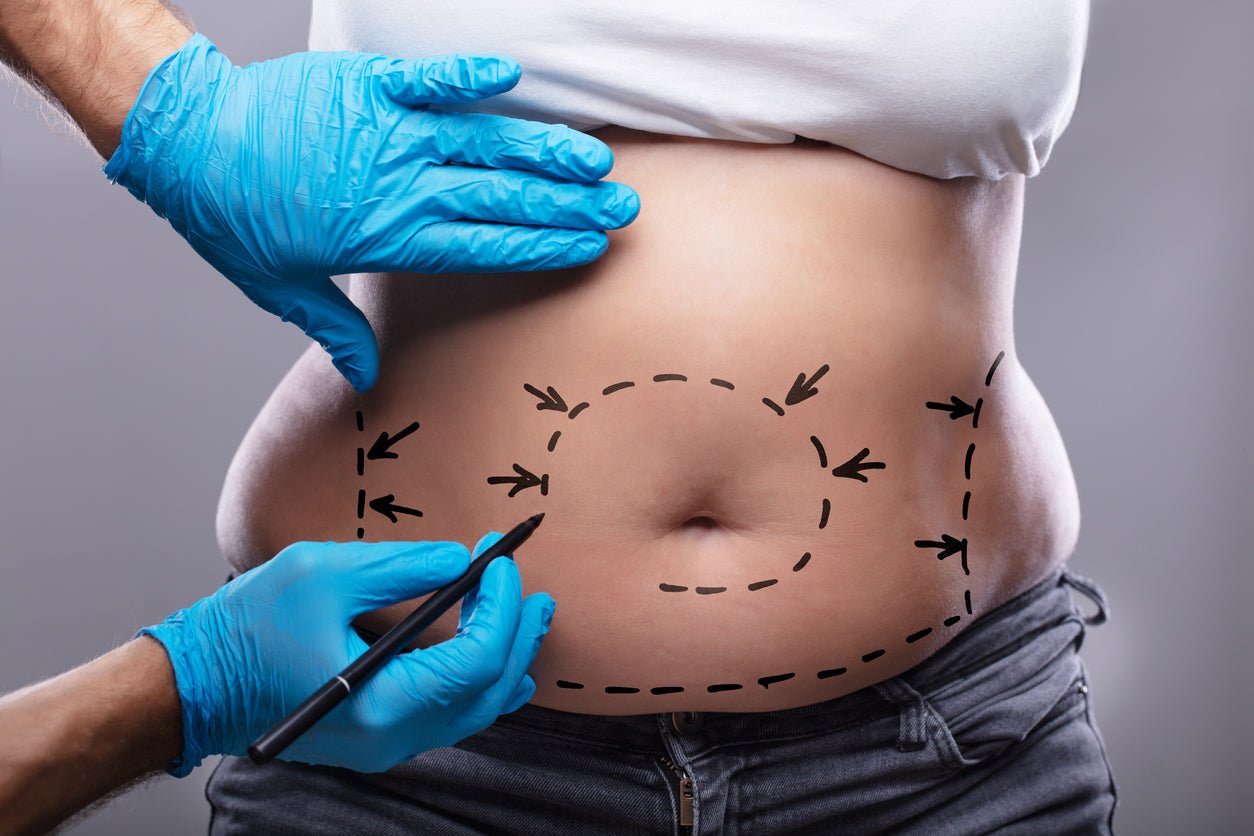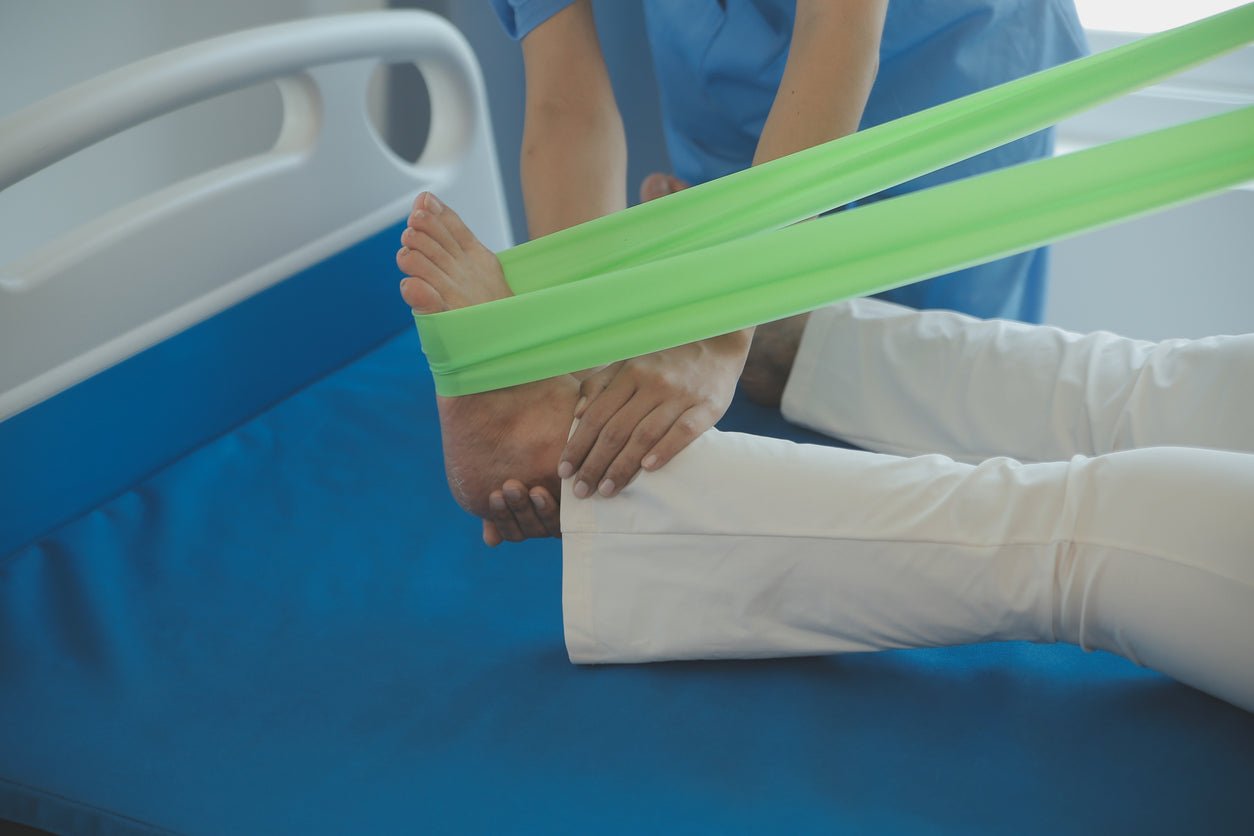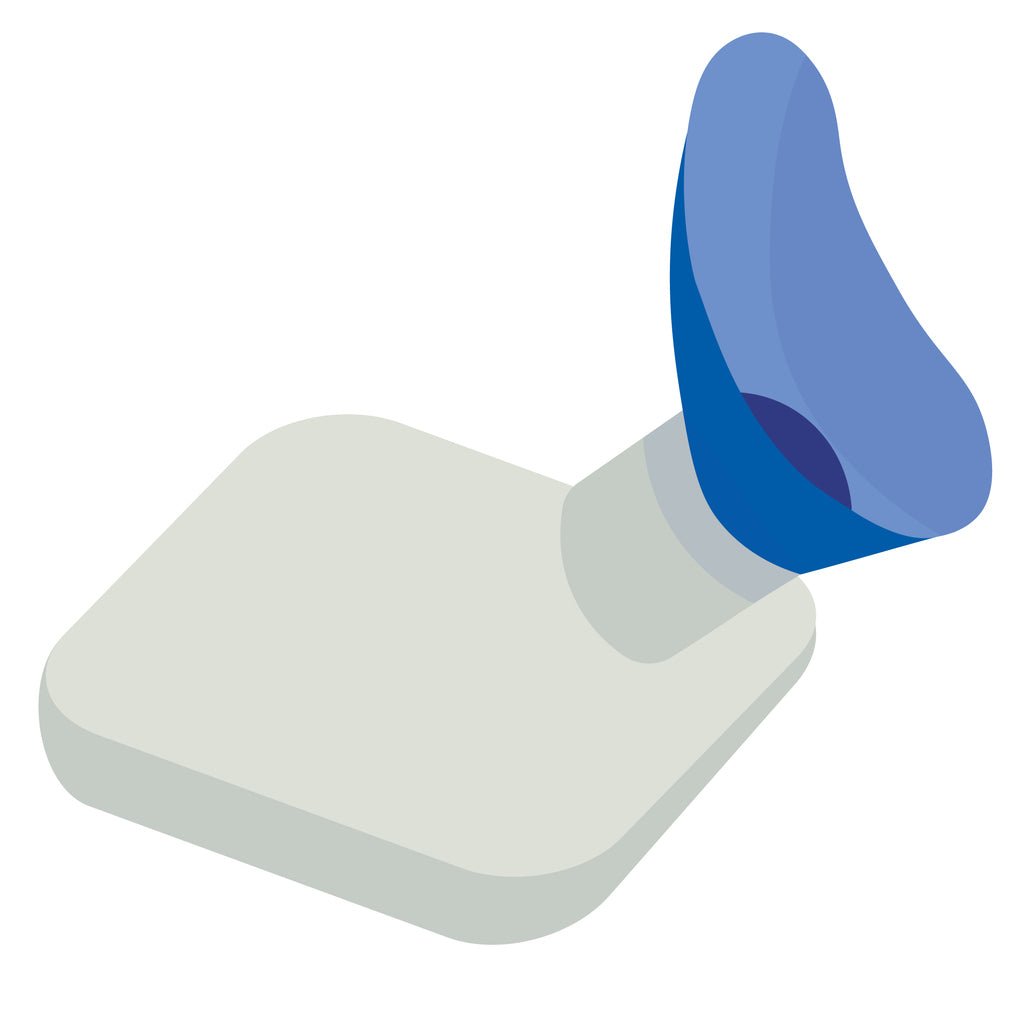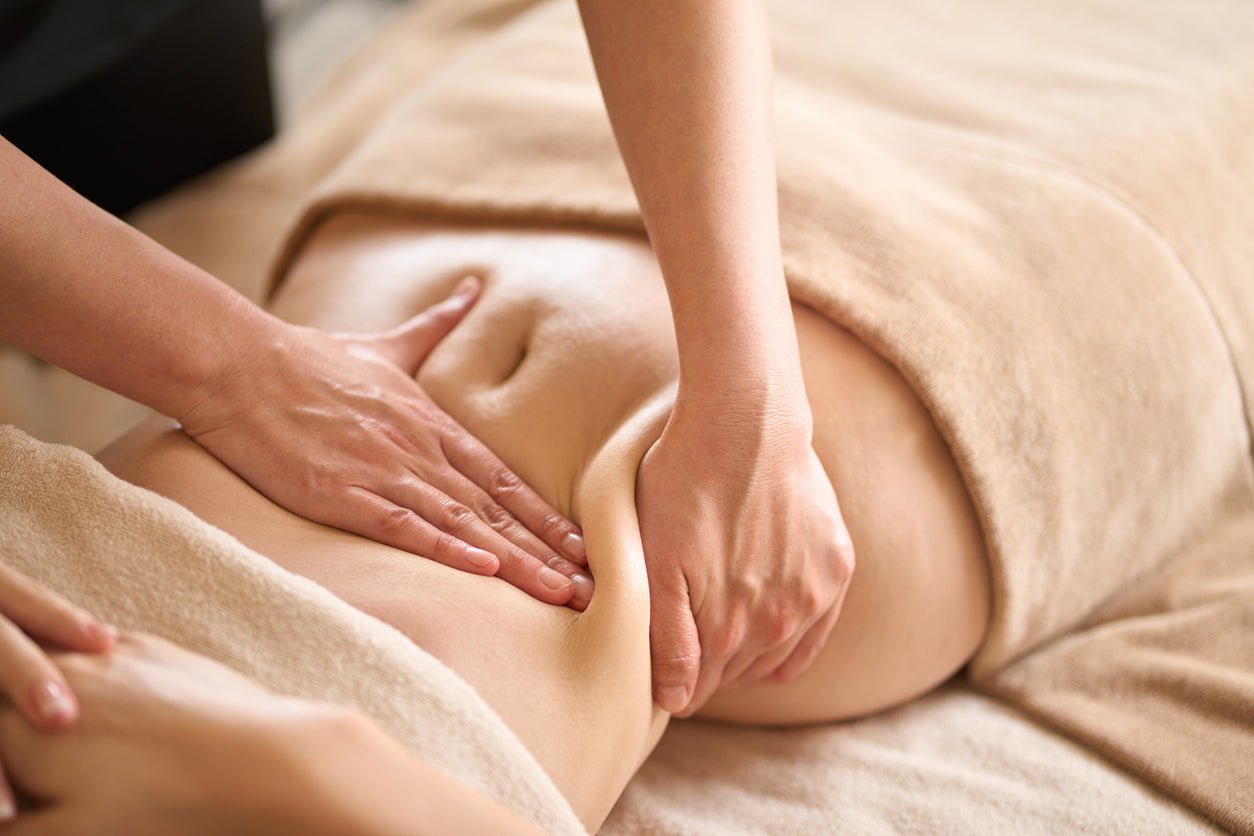Liposuction is a popular cosmetic surgery procedure designed to remove excess fat from specific areas of the body, improving its shape and contours. While often associated with weight loss, it's crucial to understand that liposuction is not a weight loss treatment but rather a body sculpting method for those struggling with stubborn fat deposits that diet and exercise can't eliminate. This comprehensive article explores various aspects of liposuction, including its types, costs, recovery, and insurance coverage implications.
What is Liposuction?
Liposuction is a surgical procedure used to remove fat from specific areas of the body, such as the abdomen, hips, thighs, buttocks, arms, or neck. It is also known as lipoplasty, liposculpture suction, or lipectomy. The procedure involves the use of a hollow instrument called a cannula, which is inserted under the skin. A powerful, high-pressure vacuum is applied to the cannula to suction out fat from the targeted areas.
Liposuction is not a weight loss method or an obesity treatment. Instead, it is typically used to remove localized fat deposits that have not responded well to diet and exercise. It can also be used to sculpt the body and improve the contours and proportion of the body. Liposuction is best suited for individuals with good skin elasticity and muscle tone, who are at or near their ideal body weight but have areas of excess fat that they would like removed.
The procedure can vary in complexity and duration, depending on the amount of fat being removed and the number of areas being treated. Liposuction is usually performed under general anesthesia, though local anesthesia or sedation may be used for smaller areas.
As with any surgical procedure, there are risks and potential complications, including infection, bleeding, and uneven fat removal. Recovery times vary, but most people can return to work and other normal activities within a few days to weeks, depending on the extent of the surgery. It's important for patients considering liposuction to have realistic expectations and to discuss the risks and benefits with a qualified plastic surgeon.
Types of Liposuction
Among the various liposuction techniques, laser liposuction or laser lipolysis stands out for its minimally invasive nature. This method employs laser energy to liquefy fat before removal, offering the added benefit of skin tightening through collagen stimulation. Despite its advantages, including less bruising and quicker recovery, it's important to maintain realistic expectations and understand that the procedure is best for removing small to moderate amounts of fat.
What is laser liposuction?
Laser liposuction, also known as laser lipolysis, is a minimally invasive cosmetic procedure designed to remove fat and sculpt the body with the added benefit of skin tightening. Unlike traditional liposuction, which uses manual movement of a cannula to break up and suction out fat, laser liposuction utilizes laser energy to liquefy fat cells before they are removed. This technique allows for easier and less traumatic removal of fat, and it can result in less bruising and swelling during the recovery period.
The procedure typically involves the following steps:
- Local anesthesia: Laser liposuction is often performed under local anesthesia, which numbs the treatment area but allows the patient to remain awake.
- Small incisions: The surgeon makes tiny incisions in the skin near the area to be treated.
- Laser energy: A laser fiber is inserted through the incisions. The laser emits a specific wavelength of light that targets and liquefies the fat cells without damaging the surrounding tissue.
- Fat removal: The liquefied fat is then suctioned out of the body using a small cannula.
One of the advantages of laser liposuction is its ability to tighten the skin by stimulating collagen production in the treated areas, which is something traditional liposuction does not offer. This makes it an attractive option for patients with mild to moderate skin laxity.
However, it's important to have realistic expectations and understand that laser liposuction is not a weight loss solution or a substitute for healthy lifestyle habits. It is most effective for removing small to moderate amounts of fat from targeted areas and for people who are relatively close to their ideal body weight.
As with any medical procedure, there are risks involved, including the risk of burns from the laser, infection, bleeding, and uneven fat removal. The recovery time is generally shorter than with traditional liposuction, but it varies depending on the extent of the procedure and the individual's healing process.
Consulting with a board-certified plastic surgeon who has experience with laser liposuction is the best way to determine if this procedure is suitable for your goals and to understand the potential risks and benefits.
Cost of Liposuction
The cost of liposuction can significantly vary based on the treatment area, surgeon's experience, and geographic location. On average, the price for a single area can range from $2,000 to $3,500 in the United States, excluding additional expenses like anesthesia, facility fees, and post-operative care. Since liposuction is considered cosmetic, it is typically not covered by health insurance, necessitating out-of-pocket payment or financing options.
How long does it take to recover from liposuction?
Recovery from liposuction depends on the procedure's extent and the individual's health. Initial recovery involves swelling, bruising, and discomfort, with many patients returning to work within a few days to a week. Strenuous activities should be avoided for a couple of weeks. Full recovery and visible results can take up to six months, with final outcomes apparent after a year.
What are Liposuction recovery kit and how do they help?
Liposuction recovery kits are specially curated sets of products designed to aid in the recovery process after undergoing liposuction surgery. These kits often include items that help manage swelling, discomfort, and healing, thereby facilitating a smoother and potentially quicker recovery period. The components of a recovery kit can vary but typically feature items such as compression garments, foam pads, supplements to promote healing, antiseptic wipes, and instructional guides on post-operative care.
Using the recovery kit from JDCareUSA as an example, let's delve into how these kits can help during the recovery phase of liposuction:
Compression Garments
One of the key items in a liposuction recovery kit is the compression garment. These garments are essential as they apply steady pressure to the treated areas, reducing swelling and bruising, and helping the skin conform to its new contours. Proper compression can also lessen the risk of fluid accumulation (seroma) and support the healing tissues.
Foam Pads
Foam pads included in recovery kits are used underneath the compression garments to provide a smooth pressure against the skin, prevent folds and indentations, and enhance comfort. They can also help in evenly distributing the compression on the treated areas.
Supplements
Some kits may contain supplements designed to support healing. For instance, supplements with ingredients like Arnica Montana and Bromelain can help reduce bruising and swelling, speeding up the recovery process. However, it's important to consult with a healthcare provider before starting any new supplements, especially after surgery.
Antiseptic Wipes
Keeping the incision sites clean is crucial for preventing infection. Antiseptic wipes are an easy and effective way to maintain cleanliness during the recovery period, especially in the initial days when mobility might be limited.
Instructional Guides
Recovery kits often come with guides or manuals that offer comprehensive instructions on how to use the included products, as well as general tips for post-operative care. These guides can be invaluable for patients navigating the recovery process, ensuring they get the most benefit from their recovery kit.
How They Help
Recovery kits like the one from JDCareUSA are designed with the specific needs of liposuction patients in mind. By providing direct support for common post-operative issues like swelling and discomfort, these kits can make the recovery period more comfortable. Additionally, by potentially enhancing the healing process, recovery kits can help patients return to their normal activities sooner and with less complication.
It's important to note that while recovery kits can be incredibly helpful, they should be used in conjunction with, rather than as a replacement for, the advice and instructions given by your surgeon. Always follow your surgeon's post-operative care instructions as the primary guide for your recovery.
How long does liposuction last?
Liposuction permanently removes fat cells from the treated area, and these cells do not grow back. However, the longevity of liposuction results depends significantly on the patient's lifestyle post-procedure. If a person gains a significant amount of weight after liposuction, new fat cells can develop, including in the areas treated with liposuction. This can alter the shape and contours achieved by the procedure.
To maintain the results of liposuction over the long term, it's crucial to adhere to a healthy lifestyle that includes a balanced diet and regular exercise. These habits can help you avoid weight gain and keep your body's new shape.
It's also important to have realistic expectations about the procedure. Liposuction is best for removing localized fat deposits and sculpting the body, rather than serving as a method for significant weight loss or a substitute for overall fitness. Changes in body shape due to aging, weight fluctuations, or pregnancy can also affect how long the results of liposuction are noticeable.
Can medical insurance cover liposuction?
Liposuction is generally considered a cosmetic procedure, aimed at improving appearance by removing unwanted body fat from specific areas. Because it is performed for aesthetic reasons rather than for the treatment of a medical condition, most health insurance plans do not cover liposuction. Patients usually need to pay for the procedure out-of-pocket.
However, there are rare circumstances under which liposuction might be covered by health insurance, such as when it's part of a treatment for a medical condition that meets certain criteria. For example:
- Lymphedema: In patients with lymphedema, where excess fluid collects in tissues causing swelling, liposuction can sometimes be used to reduce swelling and improve mobility.
- Lipodystrophy syndrome: This condition involves the abnormal distribution of fat in the body, and liposuction may be considered if it's deemed medically necessary to improve the patient's health or quality of life.
Even in these cases, coverage can vary significantly between insurance policies, and pre-authorization is typically required. Insurers may require extensive documentation to prove the medical necessity of the procedure, including the failure of other treatments.
If you are considering liposuction and wonder about insurance coverage, it's best to contact your health insurance provider directly to ask about your policy's specifics. They can provide information on what conditions, if any, might qualify for coverage and what documentation would be required to support such a claim.
Conclusion
Liposuction offers a solution for reshaping and contouring the body by removing stubborn fat deposits. With advancements like laser liposuction, patients now have access to less invasive options with potentially quicker recovery times. However, maintaining a healthy lifestyle post-procedure is essential for lasting results. Costs vary widely, and prospective patients should carefully consider their financial options, given the lack of insurance coverage for cosmetic procedures. Always consult with a board-certified plastic surgeon to explore the best approach for your needs and to ensure a safe and effective outcome.















